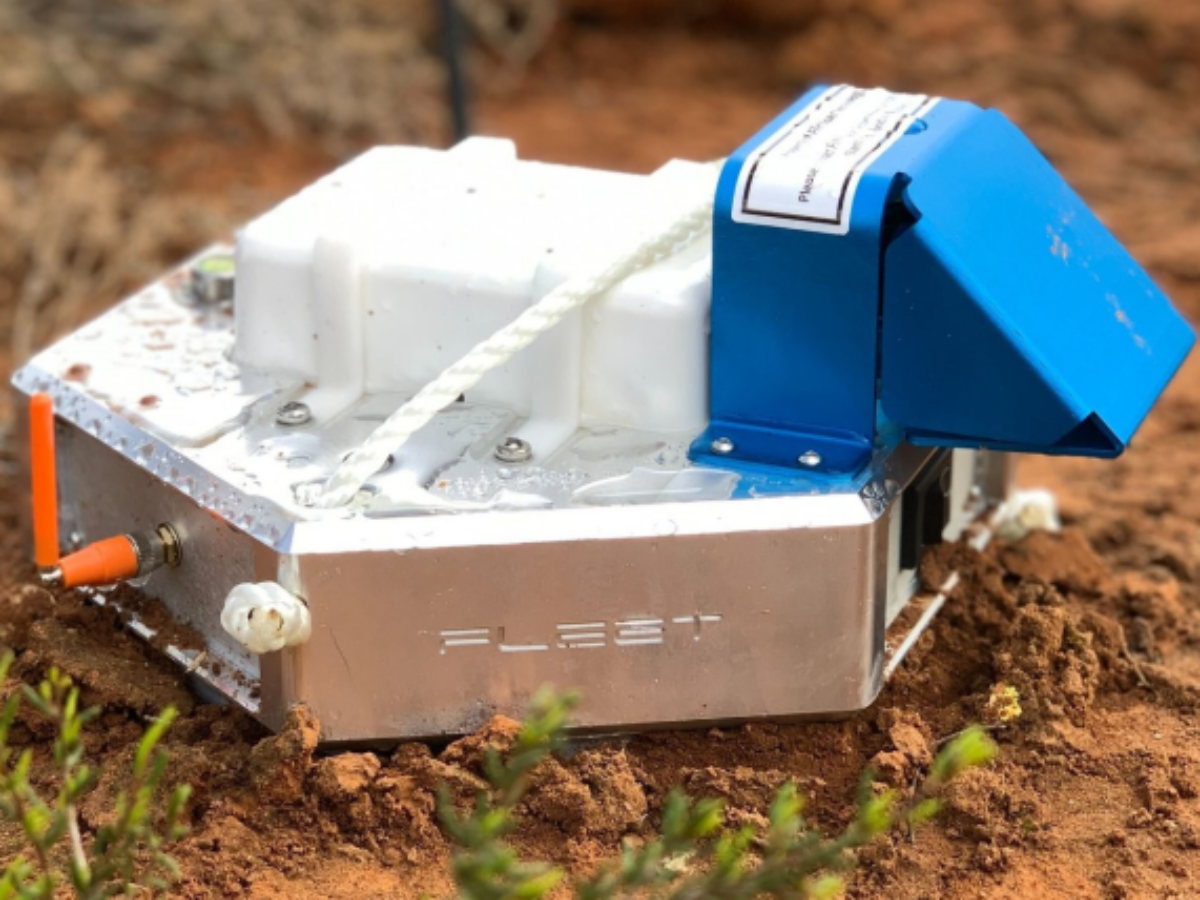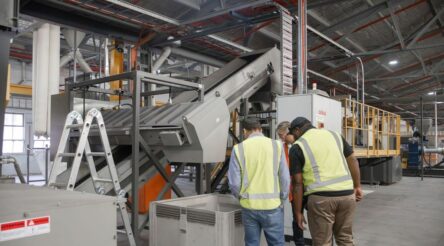Fleet Space and Stanford to develop satellite mineral prospecting

Satellite manufacturer Fleet Space Technologies is to work with Stanford University’s Mineral-X programme to optimise mineral exploration drill targeting using the company’s constellation of nanosatellites now in orbit.
Fleet Space has been named an industrial affiliate of the Mineral-X programme whose researchers combine deep expertise in geoscience, resource optimisation, and artificial intelligence (AI) aiming to decarbonise the mineral supply chain.
The link up aims to use space-enabled geophysical sensors to deliver real-time subsurface insight into potential mineral targets at scale.
Founder and CEO of Fleet Space Flavia Tata Nardini said: “The exploration technologies we’ve built at Fleet Space – enabled by our proprietary satellite constellation – represent a more sustainable and scalable path to increase the supply of energy transition minerals needed to achieve net-zero.
“We’re honoured to kick-off this research collaboration with one of the world’s premier universities to identify new efficiencies and insights that can propel humanity’s shift to clean energy over the coming decades.”
Fleet Space’s space-enabled mineral exploration solution ExoSphere has become an essential tool used by the global exploration industry – delivering 3D subsurface models in days, rather than months or years, according to a statement.
More than 35 leading exploration companies including Rio Tinto, Barrick Gold, and Core Lithium have used the company’s real-time Ambient Noise Tomography (ANT) technology to complete hundreds of surveys on a variety of different commodity types across five continents.
Dr. Jef Caers, Professor of Earth Sciences at Stanford said the technology developed by Fleet Space provided critical innovations in geophysical imaging needed to map orebodies with an accuracy not possible with current air-borne and surface methods.
In November, Fleet Space announced that a variant of its ExoSphere technology, SPIDER, would be deployed on the Moon as part of a NASA Commercial Lunar Payload Services (CLPS) initiative to search for water ice deposits in 2026.
Further reading:
REDARC and Fleet Space push frontiers of mining technology
Picture: Fleet Space Technologies
@aumanufacturing Sections
Analysis and Commentary Awards Defence Manufacturing News Podcast Technology Videos










